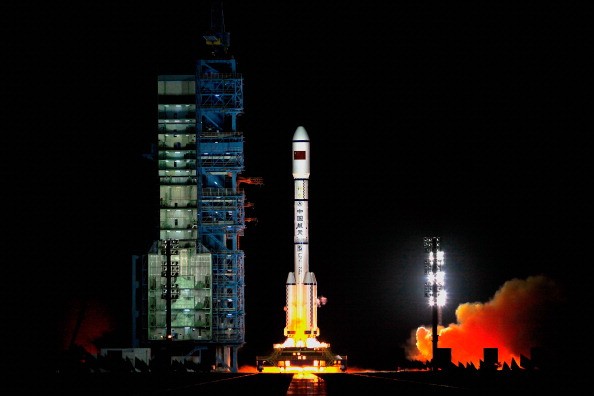China's Gaofen-3 high-resolution Earth observation satellite has begun taking images after successfully completing in-orbit testing following its launch in August last year.
The satellite, which is part of the China High-resolution Earth Observation System (CHEOS), uses a C-band polarimetric synthetic aperture radar imaging system while its microwave imaging allows for all-weather operation, according to Chinese news website gbtimes.com.
"During the trial run in orbit, Gaofen-3 has provided various users with close to 40,000 images taken from 150 million square kilometres of ocean and land," said Tong Xudong, chief engineer for the Gaofen project.
Orbiting at 750 km above Earth, the Gaofen-3 can utilize its 12 imaging nodes to scan areas ranging from 10 km to 650 km with resolutions as tiny as 1 meter in size.
The satellite's combination of generalized monitoring and specific inspection allows it to collect data for use in "monitoring oceanic objects, oceanic environment, surface water resources and emergency disaster evaluation," Tong said.
The Gaofen satellite was designed by the China Academy of Space Technology (CAST) and operated by the China's State Oceanic Administration (SOA). It is expected to operate in a highly inclined orbit for the next eight years.
Established in 2010, CHEOS can capture images of the Earth at high temporal, spatial and spectral resolution. Its first satellite, the Gaofen-1, was launched in 2013 and produced hi-res images of land features in China. It was also involved in locating illegal cross-border paths and China's largest marijuana plantation.
In Aug. 2014, CHEOS successfully launched its second satellite into orbit, the Gaofen-2, and was followed by Gaofen-8, Gaofen-9, and Gaofen 4 satellite in 2015.
Gaofen-3 is the sixth satellite launched in the series. The seventh, Gaofen-10, failed to reach orbit after launching from Taiyuan in Sept. 2016.
The next CHEOS launch is the Gaofen-5, which is scheduled for Sept. 2017, according to the State Administration of Science, Technology and Industry for National Defence (SASTIND) on Monday.
The Gaofen-5 will carry a visible and short-wave infra-red hyper-spectral camera, as well as a range of instruments for studying the Earth's atmosphere, SASTIND said in a statement.



























